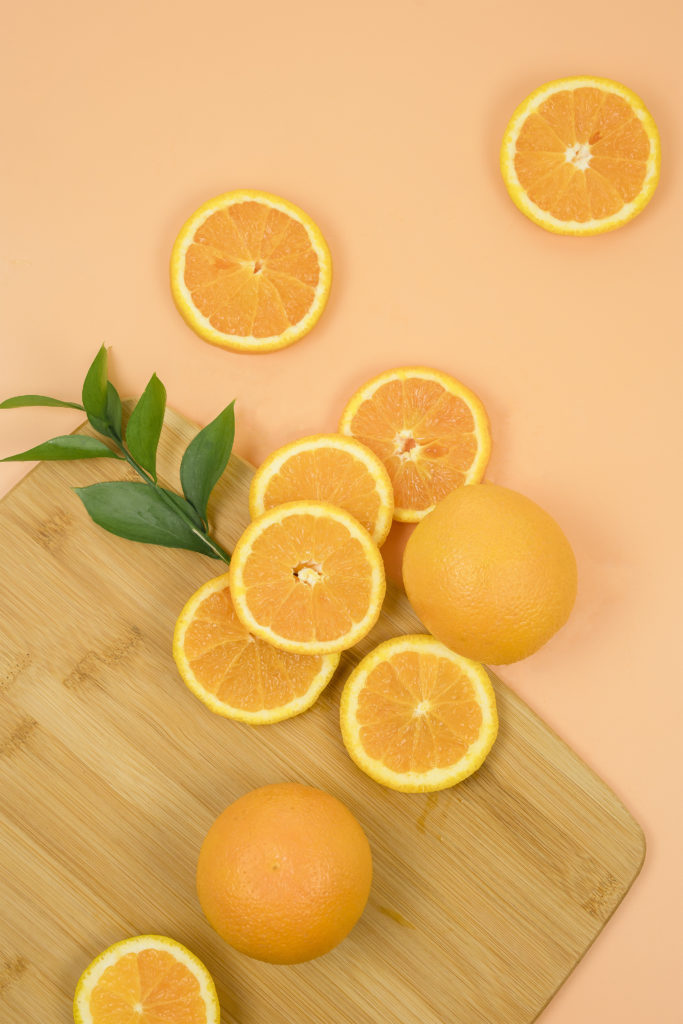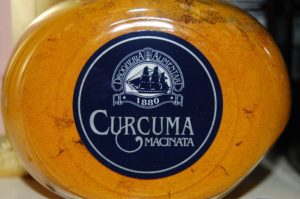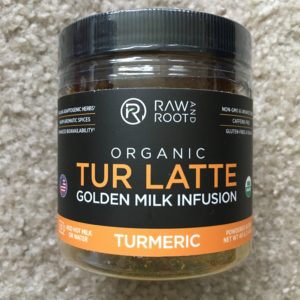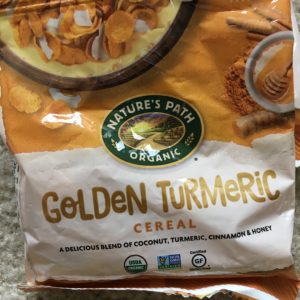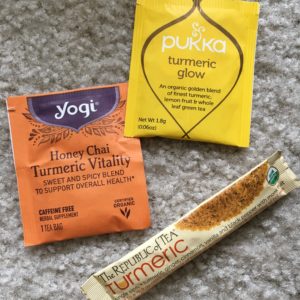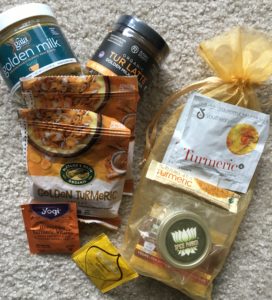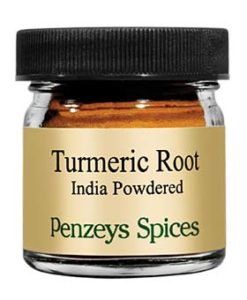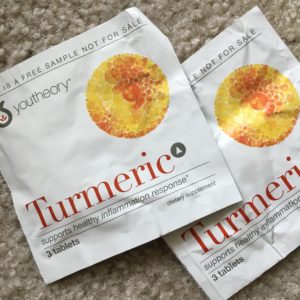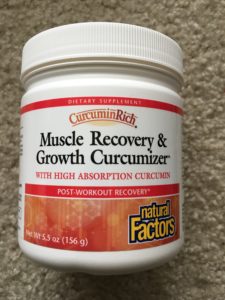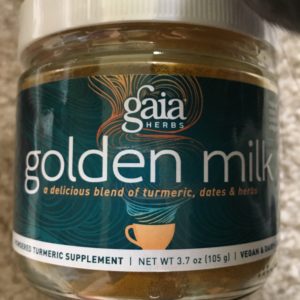At the outset, if you know me, you know I love nuun. As I am typing this, there are a dozen tubes of nuun products in my cabinet, with as many promotional squeeze bottles sporting nuun art. I even like the “Immunity” products (which are basically a hydration product with vitamins and an unfortunate name selected for marketing purposes). For the purpose of this article, I probably could have picked any of the countless products that landed in my inbox to “boost” my immunity–this is just one example. I was slightly annoyed when I got a bunch of email ads for nuun’s “Immunity” products, wrapped in the guise of “how to stay healthy while flying.” That might have been fine, had it not been at the exact same time we started to get the earliest news about the novel coronavirus COVID-19. (I tweeted to nuun and told them it was in poor taste–my friends who are current and former nuun ambassadors agreed.)
As the virus itself began to spread in the United States, nuun joined the throng of companies regularly invading my inbox and my social media feeds to sell me something to “boost” my immunity, or worse as “protection” against the virus. (Word to the wise: there is currently NO product approved by the FDA, or any health or medical authority, to prevent COVID-19, as there is currently no evidence that any product can do so.) Aside from my general disgust with the entire lie that is “boosting” immunity, as if your immune system is an engine you can hit turbo-charge on without setting it on fire (a “boosted” immune system doesn’t just attack invaders, it attacks your own body, and we call that an auto-immune disease—it’s why those who have an auto-immune disease take medication to suppress the immune system, or “un-boost” it), I am specifically disgusted by every company trying to capitalize on the general population’s fears during a global pandemic.
(BTW if you don’t want to read the explanation about what’s inside? Feel free to skip to the summary and conclusion.)
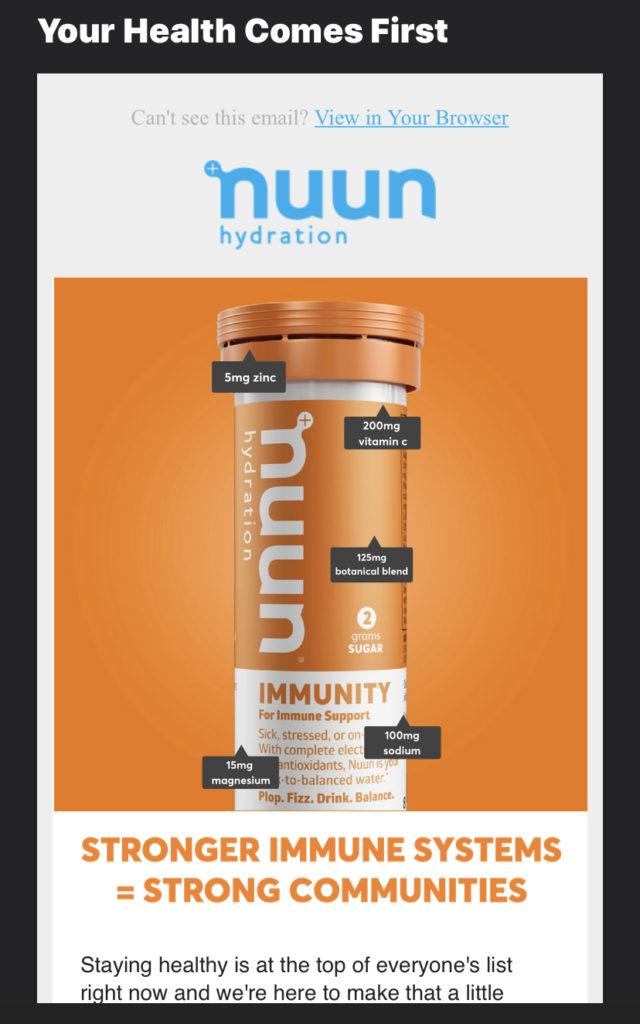
Like most supplements, the website for nuun’s two flavors of “Immunity” doesn’t have any citations to peer-reviewed research, other published studies, or even clinical trials, of the products. (Since I wasn’t able to find any, I’m assuming the lack of links and citations on the website confirms their non-existence.) Absent those, we’ll just have to take a look at the product itself.
Let’s Look At The Main Ingredients
The “Ingredients” list on the nuun website is pretty innocuous: Dextrose, Citric Acid, Natural Flavors, Stevia Leaf Extract, Avocado Oil, Rice Concentrate. Translated, those are: sugar, a weak organic acid that occurs naturally in citrus fruits but is also manufactured industrially, “Natural Flavors,” a sweetener that is not sugar, avocado oil, and rice hulls.
Dextrose is a simple sugar made from corn. It is chemically the same as glucose, which is the form that sugar takes when it circulates in the blood. It may also be called “corn sugar” (NOT “corn syrup”) or “grape sugar.”
Citric Acid is what gives citrus fruits a tart taste. It is used in food products for flavor, and to acidify things, but also as a chemical agent that bonds things together (a chelating agent).
“Natural Flavors” is a term that is defined by the U.S. Food and Drug Administration (a part of the Department of Health and Human Services) in the federal rules that regulate food labeling, specifically 21 CFR sec. 101.222
“The term natural flavor or natural flavoring means the essential oil, oleoresin, essence or extractive, protein hydrolysate, distillate, or any product of roasting, heating or enzymolysis, which contains the flavoring constituents derived from a spice, fruit or fruit juice, vegetable or vegetable juice, edible yeast, herb, bark, bud, root, leaf or similar plant material, meat, seafood, poultry, eggs, dairy products, or fermentation products thereof, whose significant function in food is flavoring rather than nutritional.”
21 CFR sec. 101.222
If that seems really broad to you, it is. When you see “natural flavors” on a label is it made of wheat? Or shellfish? Or eggs, or milk, or tree nuts, peanuts, or soybeans? You can’t tell—and that’s why people with Celiac Disease, and people with food allergies, avoid packaged foods that use the term. The benefits to manufacturers is that if they have to change the exact formula–say, red grapefruit extract becomes unavailable, but they discover they can use a pomelo extract and get the same taste–they don’t have to change the product labels. (Changing a product label is a very expensive and time-consuming process.)
Stevia leaf extract. Stevia rebaudiana is a plant that is native to South America (specifically Brazil and Paraguay). I was quite interested to learn it has only been legal for use as a food additive in the US since 2017, and it was Monsanto that began to lobby the US for testing and approval of stevia in the 1980s. What makes stevia particularly useful as a sweetener is that the human body does not metabolize the glycosides in it—which is why it has no calories—AND it does not ferment stevia (so you don’t get the tummy trouble caused by some sugar alcohols). You can read more than you ever wanted to know about stevia leaf extract, including the FDA paperwork approved it for “generally recognized as safe” (GRAS) status for use in food.
Side note: wait, if there’s sugar, why is there also stevia? Simple: stevia can have a bitter aftertaste (and some people taste it more strongly than others). A blend of stevia leaf extract and sugar allows a product to reduce the amount of sugar it contains, while still remaining palatably sweet.
Avocado oil is an edible oil pressed from avocado fruit. It is used as an ingredient in food products. Primal Kitchen, for example, makes a mayo using avocado oil, and sells it separately as a cooking oil. It has a really high smoke point (meaning you can turn the temperature way up before the oil in the pan will start to smoke). Since it doesn’t have a strong flavor, avocado oil can be used to help spread/carry other flavors. It is high in the “good fats” (monounsaturated fat) and Vitamin E, which is one of the reasons it is also a popular ingredient in skin care and cosmetic products.
Rice hulls are not what you’d think of as actual rice. Instead, this is the outer fiber and silica layers of rice; this is used as an anti-caking agent (keeps powdered ingredients from sticking together/clumping) in place of something like silicon dioxide.
But Wait! There’s More!!
But this isn’t actually a complete ingredients list. If you look at the “Nutrition Info” section, you can see the rest of them. Below is the “amount per serving” listed on the website as of today. (“DV” is similar to”RDA,” but it does not account for age, gender, or pregnancy.)
- Sugars 2g (this is the dextrose)
- Vitamin A (as beta carotene) 450 mcg (50% DV)
- Vitamin C (as ascorbic acid) 200 mg (222% DV)
- Vitamin D (as ergocalciferol) 10 mcg (50% DV)
- Vitamin E (as d-alpha tocopherol) 3 mg (20% DV)
- Calcium (as calcium carbonate) 15 mg (<2% DV)
- Magnesium (as magnesium oxide) 15 mg (4% DV)
- Zinc (as zinc sulfate) 5 mg (45% DV)
- Selenium (as selenium rice chelate) 20 mcg (36% DV)
- Chloride (as Himalayan sea salt) 40 mg (2% DV)
- Sodium (as sodium bicarbonate, Himalayan sea salt) 100 mg (4% DV)
- Potassium (as potassium bicarbonate) 150 mg (3% DV)
- Proprietary Herbal Blend (125 mg): (1) Elderberry extract [Sambucus nigra L. (fruit)], (2) Organic Ginger Powder [Zingiber officinale L.(root)], (3) Organic Turmeric [Curcuma longa (root)], (4) Echinacea purpurea (aerial)
Since a serving size is one tablet, and that is 5.4g, one serving of nuun Immunity is 2g sugar (dextrose) and 3.4g other stuff. At 15 calories, sugar accounts for more than half of the calories. 1g of dextrose is 3.4 calories, so there are 7.8 calories attributable to dextrose. (If you’re running or otherwise exercising–and even if you’re not–the small amount of calories aren’t going to hurt you. To be clear: I’m not trying to imply there is anything wrong with dextrose or calories in your electrolyte beverages.)
What Is All That Stuff?
Vitamins. You probably recognize the vitamins. Selenium powers the internet, according to Google, and allows you to work in parallel across browsers with no coding skills. (Nerd joke! Really though.) Selenium is a basic chemical element (Se, atomic number 34). It is toxic in large doses—notice it is measured in micrograms—but necessary for the human body in small amounts. (The acceptable daily limit is around 400mcg, though one study found humans can ingest 800mcg before showing symptoms.) It serves as a catalyst in a variety of necessary chemical reactions in the body.
Electrolytes. Sodium, calcium, potassium, chloride, phosphate, and magnesium are all electrolytes. Nuun contains all of these except for phosphate. Dissolved electrolytes create a positive or negative charge. This is really important in the human body, as electrolytes help to maintain the balance of fluid inside cells and in the space between cells. If your electrolyte balance is out of whack, you can drink tons of water but still be dehydrated! (This is because your body has to maintain the right amount of electrolytes in each location–inside and outside the cell–to protect you.) Both dehydration and overhydration can cause major problems with the heart and brain.
That leaves zinc and the “proprietary blend.”
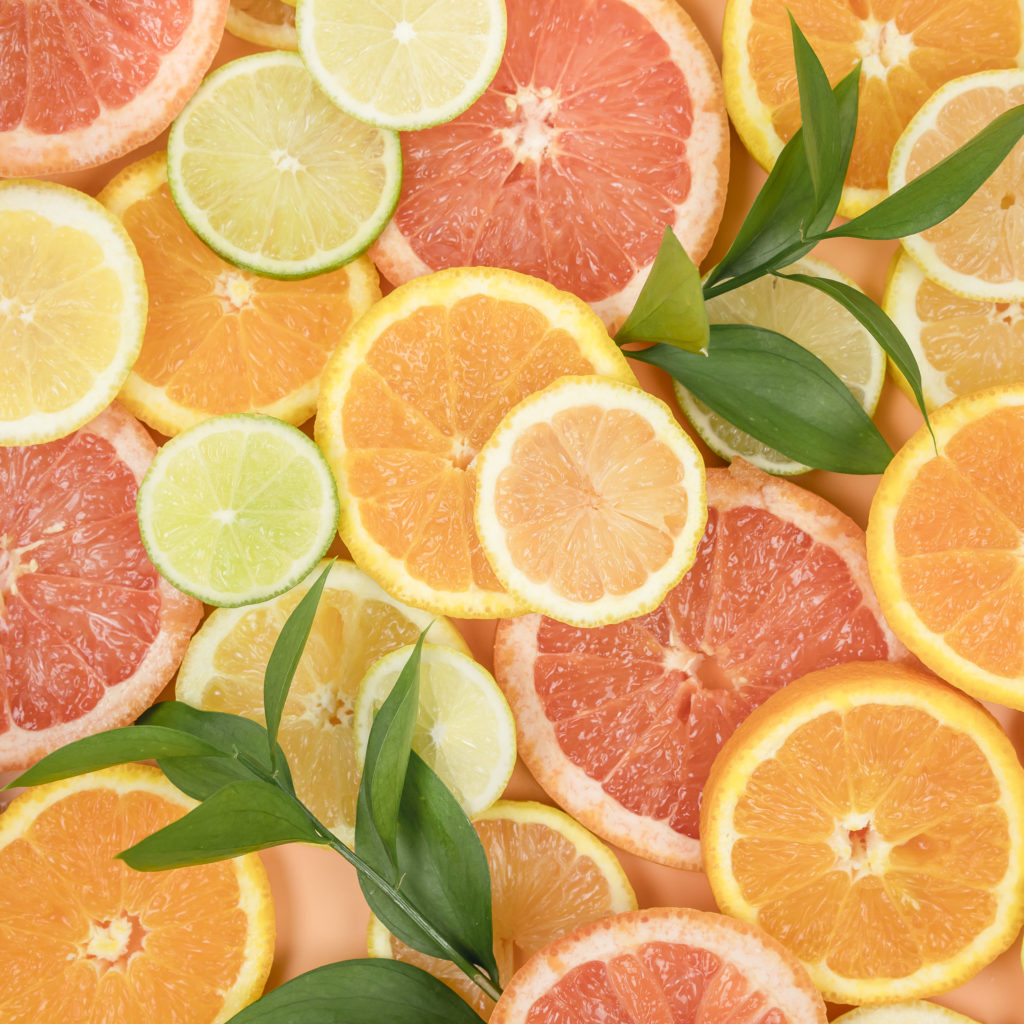
Zinc
Zinc is another element that human bodies need in trace doses; it is the second-most abundant trace mineral in the human body (iron is the most abundant). It plays an important role in a large number of biological reactions in the body. The human body stores about 2-4g of zinc in the brain, muscle, bones, kidney, liver, prostate, and eye. Zinc supplementation may help with acne and depression (when taken with an antidepressant medication).
Zinc appears in nuun Immunity because people associate zinc and vitamin C with preventing the common cold. I turned to Examine for more information because Examine does not advertise supplements or accept ads, and bases their articles on peer-reviewed science. I also really like that each article includes a chart showing the claims and the evidence to support it. HIGHLY recommend you bookmark it.
High dose zinc lozenges appear to reduce the duration of the common cold; it isn’t clear whether zinc provides protection against getting a cold in the first place. (In other words, there isn’t solid proof zinc will prevent you from getting a cold.) Examine notes that “Zinc lozenges, for the purpose of reducing the common cold, seem to be most effective when the total daily dose is over 75 mg and is divided into 6-8 doses, each separated by 2-3 hours when awake. It is likely dangerous to take zinc lozenges for extended periods of time.” (This is because taking zinc at high levels can prevent your body from absorbing copper properly—taking too much of any one thing into the human body tends to cause a deficiency of something else.) So the 5mg of zinc in nuun Immunity? It’s on the low end for a zinc supplement. To reach the most effective dose to shorten a cold—remember it does not prevent the cold—you’d need to take 15 tablets per day.
Now if you’re just trying to make sure you get your recommended daily dose of zinc sure, one tablet is almost half. But you can also find it in food—animal products have zinc (meat, fish, shellfish, poultry, eggs, dairy) and so do plant foods. Assuming there is adequate zinc in the soil, plants with the most zinc include wheat, seeds (sesame, poppy, alfalfa, celery, mustard, pumpkin, sunflower), beans, nuts, almonds, and blackcurrant.
So how about that “Proprietary Herbal Blend”?
First, let’s look at the label “proprietary herbal blend.” This is a term supplement manufacturers use to avoid stating how much of each individual ingredient is in a product. Some supplement companies, and seemingly every blogger indexed on google, will tell you that this is a sketchy way of avoiding quality control, or hiding what’s in the product. To be fair, there is a reasonable argument to be made that a company may use that term in order to prevent other companies from marketing a competing “knock off” product, essentially stealing their special formula for a dietary supplement. I don’t find it particularly convincing as an argument though, since it’s still possible to buy that product, test it to see what’s really in it, and then knock it off anyway. Further, people who are taking multiple supplements may need to keep track of how much of a given component (like caffeine) is in each product. Federal law only says that the label must identify each component of the “proprietary blend” and list the ingredients in order by weight. So if a “proprietary blend” lists ingredients A, B, and C, the blend contains more A than B, and more B than C. If you want to get nerdy on it, take a look at 21 CFR sec. 101.36(c).
Maybe this isn’t even a big deal for nuun’s “Immunity.” At 125 mg of a 5.4 g serving, the “proprietary herbal blend” isn’t very much of the product. Let’s just do the math: one serving is 5.4g or 5,400mg. So 125mg = 2.31% of the product.
Elderberry extract [Sambucus nigra L. (fruit)]. Elderberry syrup has been a folk remedy for colds for like unto forever. I personally have friends that swear by it. If any group was going to make a claim that elderberry is helpful, you’d think it would be the National Center for Complementary and Integrative Health. But at least as of September 2016, NCCIH states “although some preliminary research indicates that elderberry may relieve flu symptoms, the evidence is not strong enough to support its use for this purpose” and “there’s not enough information to show whether elder flower and elderberry are helpful for any other purposes.” These are descriptions of research with PURE elderberry—not a product with some fraction of a proprietary blend. To be fair, there is a study that shows elderberry was helpful to reduce cold duration and symptoms, but it was limited to intercontientnal air travelers. The study is called “Elderberry Supplementaton Reduces Cold Duration and Symptoms in Air-Travlers: A Randomins, Double-Blind Placebo-Controlled Clinical Trial.” It was published in the journal Nutrients in March 2016. You can read the extract on PubMed. A subsequent meta-analysis—that’s not a study, but an analysis of all published studies—shows black elderberry can be effective in treating upper respiratory symptoms. “Black elderberry (Sambucusnigra) supplementation effectively treats upper respiratory symptoms: A meta-analysis of randomized, controlled clinical trials.” This was published in the journal Complimentary and Therapeutic Medicine in February 2019. The abstract is on PubMed. Again, these are studies of actual elderberry, not a fraction of a proprietary blend. Further, the studies that indicate it might be effective show it reduces the length and symptoms—there is no evidence it is preventive.
Organic Ginger Powder [Zingiber officinale L.(root)]. Ginger is well-known for use in settling upset tummies. According to Examine, doses of 1-3 grams can fight nausea. Examine also found studies tend to show ginger reduces inflammation. But remember, we don’t know how much ginger is in the “proprietary herbal blend” and it could be less than 1g. Even if there’s a ton of ginger powder in that 125g, reducing inflammation does not mean you are protected against viruses (including the common cold—caused by a type of coronavirus). It’s also notable that loads of supplement makers and processed food manufacturers are capitalizing on the current “anti-inflammatory” trend. But there isn’t any evidence that inflammation plays a role in catching a virus like COVID-19 (or even a cold, for that matter). Before you get too excited about the “inflammation is bad” theory, you should also consider that inflammation is a necessary component of the healing process for acute injuries, and is also the reason you get sore muscles after a workout.
Organic Turmeric [Curcuma longa (root)]. The health benefits of turmeric (largely as an anti-inflammatory) are intensely overhyped, as I wrote back in October 2018. The little research that has been done is on curcumin, and turmeric is only about 3% curcumin. The articles cited on Wikipedia conclude there is no high-quality evidence for using turmeric (or curcumin) to treat any disease. There’s nothing in PubMed that backs claims for turmeric either (and not much for the 3% curcumin it contains).
Echinacea purpurea (aerial). Echinacea is widely sold to prevent or treat the common cold, but the evidence that it does so is sketchy at best. Similarly, a meta-analysis I found on PubMed indicates echinacea might have a preventative effect on upper respiratory infections BUT “whether this effect is clinically meaningful is debatable” AND there was no evidence for an effect on the duration of upper respiratory tract infections. “Echinacea for the prevention and treatment of upper respiratory tract infections: a review and meta-analysis.” Published June 2019 in the journal Complementary Therapy and Medicine. Abstract on PubMed. While there is one study about echinacea being effective against the common cold, it wasn’t a study of echinacea in general, but a study of Echinaforce (a specific brand of extract—and not what’s in nuun “Immunity”). “Echinacea purpurea: A Proprietary Extract of Echinacea purpurea Is Shown to be Safe and Effective in the Prevention of the Common Cold.” Abstract on PubMed.
In Summary: This Is Not Going To “Boost” Your Immunity
Also, that is A Good Thing. Your immune system is a complex system of structures and processes. It’s not something you can easily manipulate with a supplement, especially if your lifestyle involves insufficient sleep. Instead of looking for magic in a potion or a pill, why not adopt some permanent healthy habits and make some lifestyle changes? The New York Times has some suggestions. My favorite? “Eat a balanced diet, exercise, and skip unproven supplements.”
